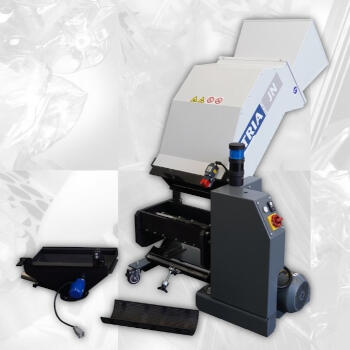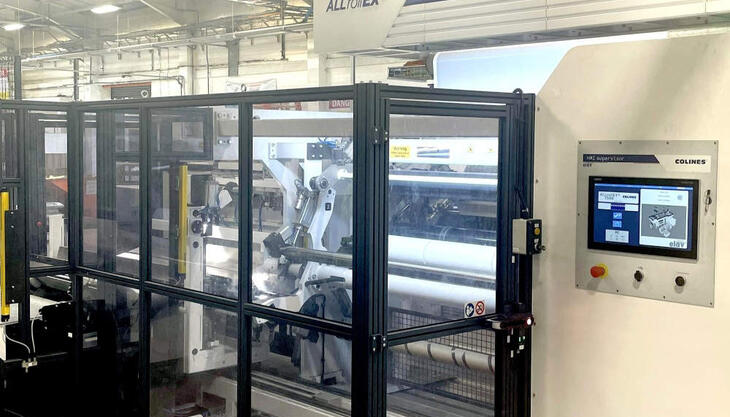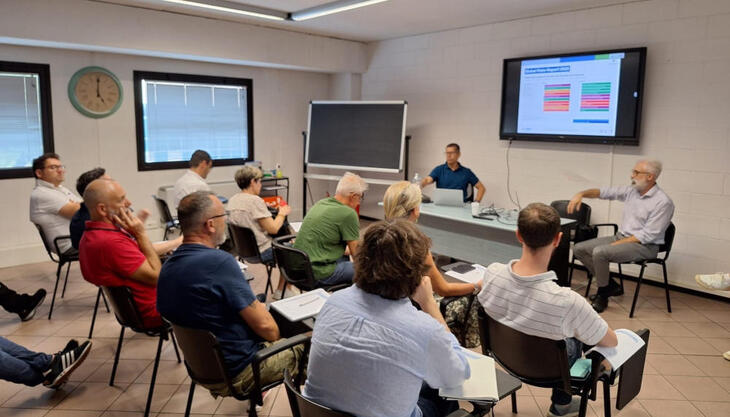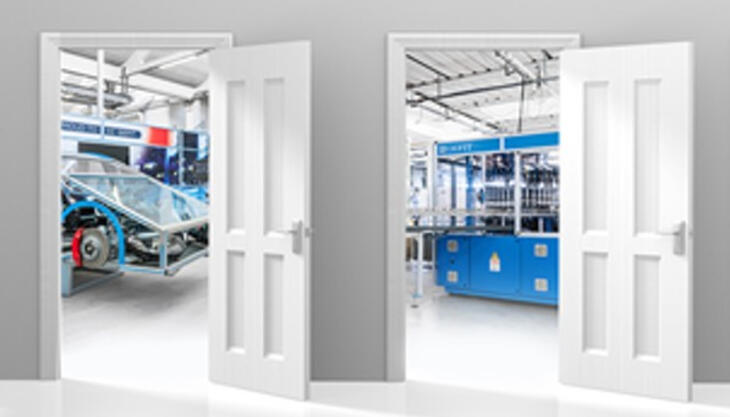Tria introduces new granulators dedicated to injection moulding

At Fakuma 2024, Tria unveiled its new JN 15 series of granulators dedicated to the injection moulding sector, featuring two models: the JN 2115 and JN 4215. Compared to their predecessors, the JM 15, these models stand out primarily for the size of the chamber and the conveyor feed opening, as well as the conveyor's geometry, which has been enlarged to ensure the recovery of even large sprues.
As for the upper part of the granulator, both the hopper and conveyor have been redesigned with a wider opening, paying particular attention to reducing the "fly-back" of ground material, which is now almost eliminated. In the standard version of the new JN 15 conveyor, the opening has increased from 265 x 310 mm to 265 x 365 mm in the JN 2115 model, and from 475 x 310 mm to 475 x 365 mm in the JN 4215 model. The hopper geometry remains customisable to suit different application requirements.
The grinding chamber has also been completely redesigned. With an enlarged opening, from 210 x 140 mm to 220 x 170 mm in the JN 2115 model and from 420 x 140 mm to 430 x 170 mm in the JN 4215 model, the grinding of larger sprues than before is ensured. Both models come with standard wear-resistant treatment, offering better preservation of the granulator over time, as well as greater flexibility in grinding different materials. The grinding chamber features a double counter-blade and a horizontal grid, facilitating and enhancing the discharge of ground material into the funnel.

The rotor geometry is also new, still made from solid material as in the previous version, but now with more openings and a star-shaped design. This solution improves the grip on incoming material from the hopper, and most importantly, reduces the formation of strands and dust in the ground material. Should strands form, they remain in the chamber until they reach a size suitable for discharge through the grid holes. This results not only in reduced noise but also in more homogeneous ground material, free from imperfections and dust.
In terms of energy consumption reduction, tests conducted with the JN 4215 model, equipped with a 1.5 kW motor, showed that when grinding PP sprues weighing 1.2 g each, approximately 16.5% of the installed power is used when idle, consuming 250 W/h, while during grinding, 20.8% of the installed power is used, producing 30 kg/h and consuming 312 W/h.
The grid holder and funnel are two separate parts, increasing versatility and allowing customisation of the discharge area, with various funnel versions tailored to the different uses required by the granulator. The funnel is easy to remove and can be unlocked using two expansion closures, while a safety micro-switch and handwheel secure the grid holder, which can only be opened when the granulator is stopped. This ensures greater safety for the operator, who can tilt the hopper only after removing the funnel, opening the grid holder, and releasing the hopper lock.
The lateral footprint of the granulator is also kept to a minimum in this series, thanks to the “in-line” motor configuration relative to the grinding chamber. The motor, along with the rest of the granulator, sits on a base with four wheels (two fixed and two mobile), further enhancing stability during movement and positioning next to the machine. The innovative chamber support brackets also provide a wider manoeuvring space for all routine maintenance phases, allowing for greater customisation of funnels or special configurations, such as raised bases.


















